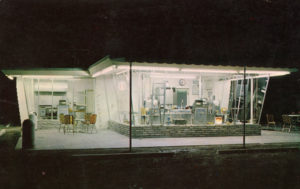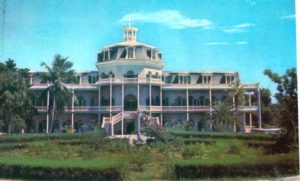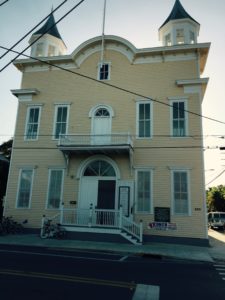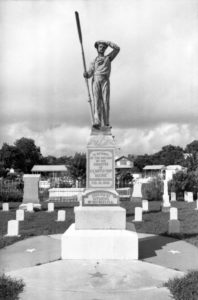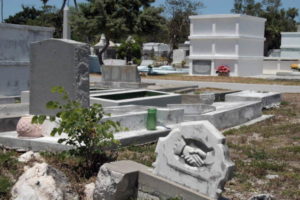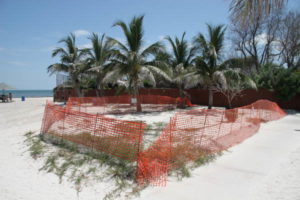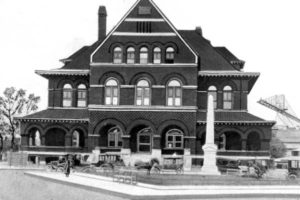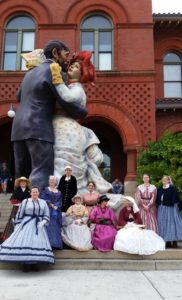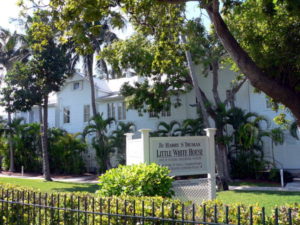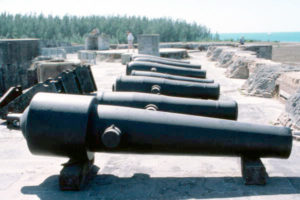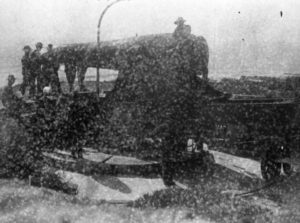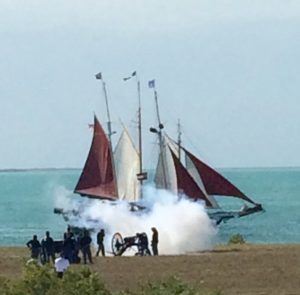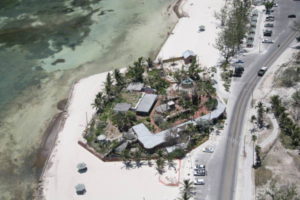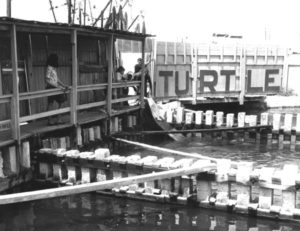“We the People of the United States in Order to form a more perfect Union, establish Justice, ensure domestic Tranquility, provide for the common defence, promote the general Welfare and secure the Blessings of Liberty to ourselves and our Posterity do ordain and establish this Constitution of the United States of America.”
In my 8th grade American History class, we had to memorize the Preamble to the Constitution, and recite it to the class. I can mostly still do it.
Peter has recently read several books on the U.S. Constitution. And we have been talking about what we know, and what we don’t know and what we probably used to know but don’t quite remember. When the news people say First amendment or Fourth amendment, I think, ”OK, which one was that?“
Here’s a little reminder. “We the People”, not the legislature or the educated, or the wealthy, or the king or the president, but “We, the people “are the real sovereigns and are setting up a form of self-government that ensures that all people are treated fairly under the law. Of course now we know that wasn’t exactly true and in the nineteenth century, we fought a Civil War that tested our nation mightily. The nation held. But it might have healed more quickly if President Abraham Lincoln had not been assassinated shortly after the War ended. So we are still struggling here well into the 21st century.
In 1789, the Constitution was amended by a Bill of Rights based on comments made during the ratification process. I guess the thought was that despite being inherent in the document and in the ratification process, they really needed to be enumerated. For example, freedom of speech and the right to assemble and the right to petition the government were instrumental to the creation and ordainment of the Constitution. Here’s the not so short version of the Bill of Rights, the first ten amendments to the Constitution:
- No establishment of religion, no abridgement of freedom of speech and the right to assemble peaceably and petition the government for redress of grievances.
- The right of the people to keep and bear arms.
- In peacetime no soldier quartered in any house without the consent of the owner.
- Right of the people to be secure in their persons, houses, papers and effects against unreasonable searches and seizures.
- Right to not be held for any crime without an indictment by a Grand Jury, nor be held for any offense twice, or compelled to be a witness against himself, nor be deprived of life, liberty or property without due process of law.
- In all criminal prosecutions, the right to a speedy and public trial.
- In common law suits, the right of trial by jury shall be preserved.
- No excessive bail, or fines or cruel and unusual punishments inflicted.
- The enumeration of certain rights shall not be construed to deny or disparage others retained by the People.
- The powers not relegated to the United States by the Constitution nor prohibited by it to the states, are reserved to the states respectively, or to the People.
In order to protect the minority, the amendment process was designed so that the Constitution could not easily be changed by an ambitious single-issue majority. The Constitution provides that an amendment may be proposed by a two-thirds vote in both houses of Congress or a Constitutional Convention called for by two-thirds of the State Legislatures. Ratification is by the legislature or by ratifying convention of at least three-fourths of the states. In recent years the Equal Rights Amendment failed largely because people did not want women drafted. Now women voluntarily volunteer for the Armed Forces.
A lesson in unintended consequences ensued with the ratification of the 18th Amendment in January of 1920. It soon became evident that a law meant to encourage temperance instead encouraged intemperance and excess. The law had made the problem of alcohol abuse worse. People were drinking more. State revenue fell because of no liquor taxes. Income tax increased to make up for the shortfall and never decreased when the law was repealed. (Well, it wouldn’t, would it?) Corruption in federal and state agents set up to monitor things was rampant. Bootlegging and speakeasies were everywhere even or especially in Key West. Sloppy Joe’s was famously a speakeasy for a time in the 20’s.
One has to be careful when solving problems. Solutions can turn out to be worse than the problem. The Constitution was probably not the best place for this experiment. The 18th amendment was repealed in the early thirties by the 21st Amendment.
Then there was the separate but equal problem that came to a head when I was a child. I think World War II really awakened a generation. Our parents held to the old ways of separate but equal, but the children of the fifties did not quite understand the concept of separate drinking fountains. We would secretly drink from both. I played with the maid’s daughter across the street until my mother told me I was doing nothing wrong, but the neighbors might talk. None of it made sense. The Civil Rights movement ensued. We have come a long way and have a ways to go still.
What was begun in the arguments between the drafters of the Constitution in 1787 continued with the Thirteenth Amendment (abolished slavery), Fourteenth (persons born or naturalized in the United States are full citizens,) Fifteenth (the right to vote shall not be denied based on race, color or previous servitude), Nineteenth (women’s suffrage), and Twenty-fourth (no poll taxes). In a way it was summarized in the mid-Nineteenth Century when President Abraham Lincoln gave this address at Gettysburg, Pennsylvania.
“Four score and seven years ago, our fathers brought forth, upon this continent, a new nation, conceived in liberty, and dedicated to the proposition that ”all men are created equal.”
Now we are engaged in a great civil war, testing whether that nation, or any nation so conceived, and so dedicated, can long endure. We are met on a great battle field of that war. We come to dedicate a portion of it, as a final resting place for those who died, that the nation might live. It is altogether fitting and proper that we should do this.
But, in a larger sense, we can not dedicate – we can not consecrate – we can not hallow this ground – The Brave men, living and dead, who struggled here, have hallowed it, far above our poor power to add or detract. The world will little note nor long remember what we say here, while it can never forget what they did here.
It is rather for us, the living, we here be dedicated to the great task remaining before us – that from these honored dead we take increased devotion to that cause for which they here gave the last full measure of devotion – that we here highly resolve that these dead shall not have died in vain; that the nation shall have a new birth of freedom, and that government of the people, by the people, for the people, shall not perish from the earth.”


